Bean Bag Snag Tester TF221
Bean Bag Snag Tester, to determine the snagging and picking resistance of knitted and woven fabrics by tumbling fabrics pillows containing a weighted bean bag within two separate test cylinders. Bean Bag Snag Tester complies with ASTM D5362, JIS L1058, etc. Bean Bag Snag Tester measures fabric by snagging resistance.
Description
Application
Bean Bag Snag Tester, to determine the snagging and picking resistance of knitted and woven fabrics by tumbling fabrics pillows containing a weighted bean bag within two separate test cylinders.
The bean bag snagging tester provides with eight pinned bars, rotating at 20RPM for 100 revolutions. Provided with predetermined electronic counter.
Specifications
- Rotation speed: 20r/min
- Work stations: 2
- Size of cylinder: Dia. 200mm
- Pinned bars: 8 pcs / Cylinder
- Needles: 9 pcs / Pinned bar
Optional Accessories
- Bean bag: 450 g
- Steel needle
Weight
| 60 kg |
Power
| 220/110 V | 50/60 Hz | 3 A |
Dimensions
| Length: 480 mm | Width: 480 mm | Height: 390 mm |
Standards
| ASTM D5362 | JIS L1058 |
6 reviews for Bean Bag Snag Tester TF221
You must be logged in to post a review.
What’s the Fabric Snagging?
Fabric snagging is a common phenomenon that the defect of the fabric which is caused by plucking and pulling and so forth. Studying the snagging in fabric, which meaning is to figure out how to prevent the fabric snagging by testing the snag resistant of the fabric. The snagging of fabrics mainly occur in long silk fabrics and knitted fabrics. It not only makes the fabric look worse but also affects the durability of the fabric.
The Principle of Bean Bag Snag Test
Bean bag, also known as bead pillow or cylinder bean bag, put a bead bag in a knitting sample, and then put the sample of knitted fabric with a bead pillow into a cylinder which has a row of needles in the inner wall. After rotating the specified number of circles, compare the samples to evaluate the fabric snag grade.
The Range of Bean Bag Snag Test
Studies of fabric snagging have shown that this test method is suitable for a range of woven and knitted fabrics made from textured or untextured filament yarns or spun yarns or combinations of these yarns., This test method is not suitable for open construction fabrics (such as a net) because the pins in the test chamber will snag the bean bag rather than the specimen, heavy or stiff fabrics that cannot be made into a cover for the bean bag, and tufted or nonwoven fabrics because the apparatus is designed for woven and knitted fabrics.
The Procedure of Bean Bag Snag Test
1. Test all specimens in the standard atmosphere for testing textiles, which is 21±1°C (70±2°F) and 65±2% relative humidity.
2. Insert a bean bag into the specimen with the seamed end of the bean bag against the folded end of the specimen, suture as required.
3. Inspect the specimen for the presence of any blemish such as accidental snags, pills, etc., which could affect the ratings for snagging resistance. If possible replace any blemished specimen with a new specimen. If it is not possible to replace the specimen (for example, the specimens pilled during laundering), record the fact and exclude the blemish when the specimen is evaluated for snagging resistance.
4. With the “operate” switch in the “off” position, open the ports of the cylindrical test chambers and place one specimen in each chamber. Place the specimen in the bottom of the chamber with the visible seam at the top of the specimen (uppermost). Be careful not to accidentally snag the specimens or injure your hand.
5. Close the ports and tighten the screws that secure the ports.
6. Set the revolution counter to 100.
7. Place the operate switch to “on” and allow the machine to run until the buzzer sounds. Then place the operate switch to “off”.
8. Remove the specimens from the chambers being careful not to accidentally snag the specimens. Cut the specimen within a distance of 3 mm or 0.6 in. of the seam. Remove the bean bag from the specimen.
[contact-form-7 id="16355" title="Inquiry"]



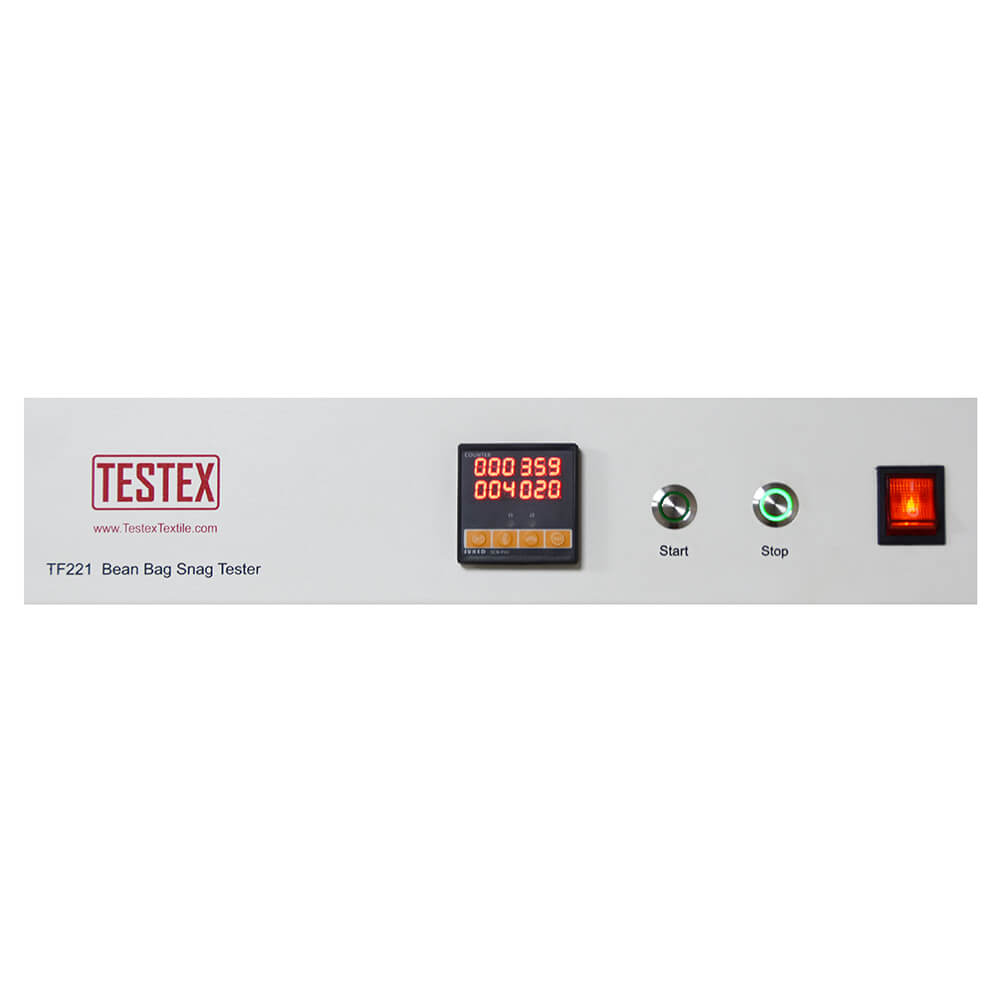

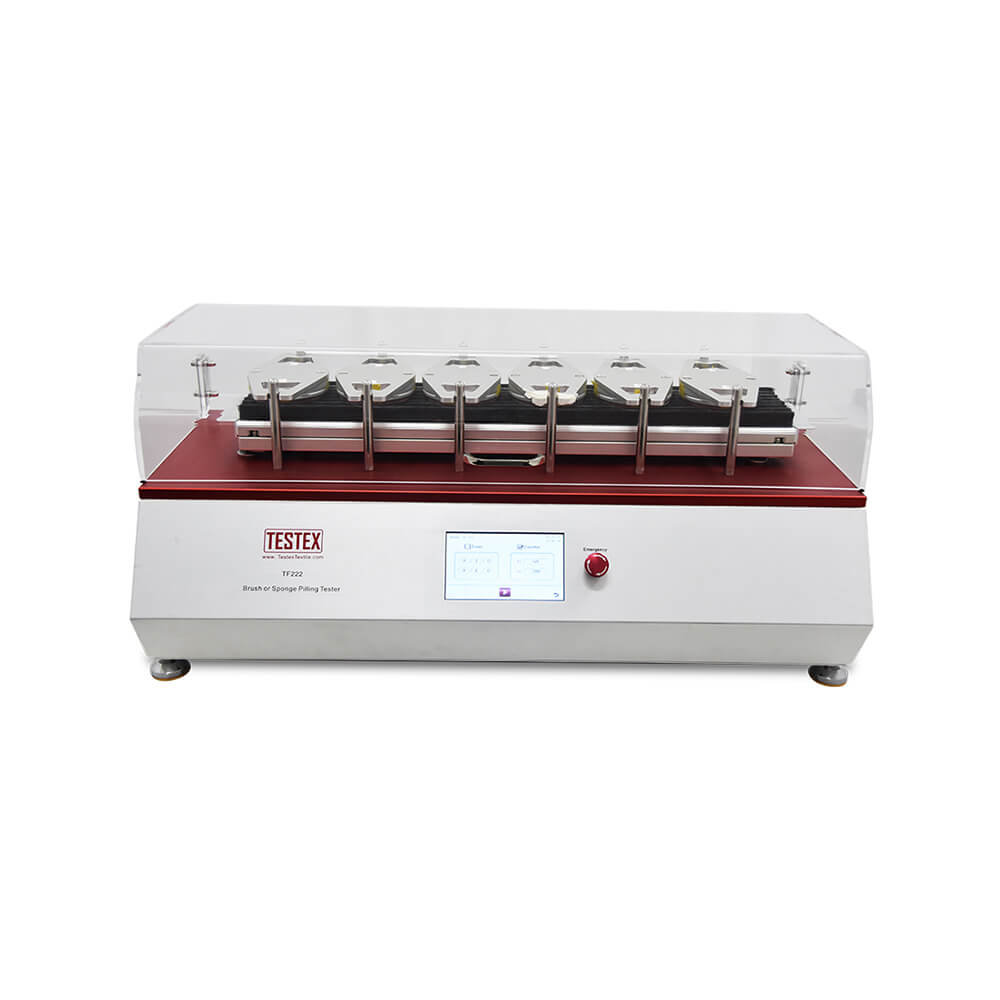
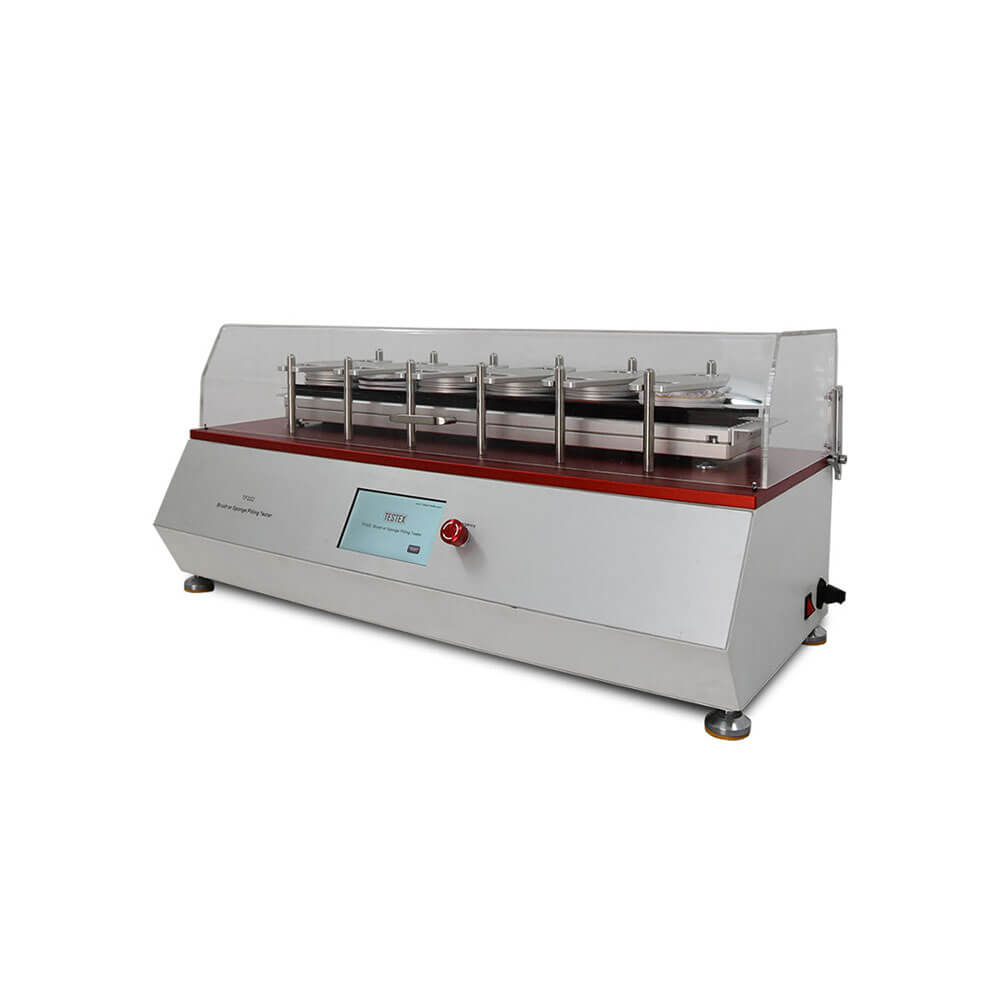
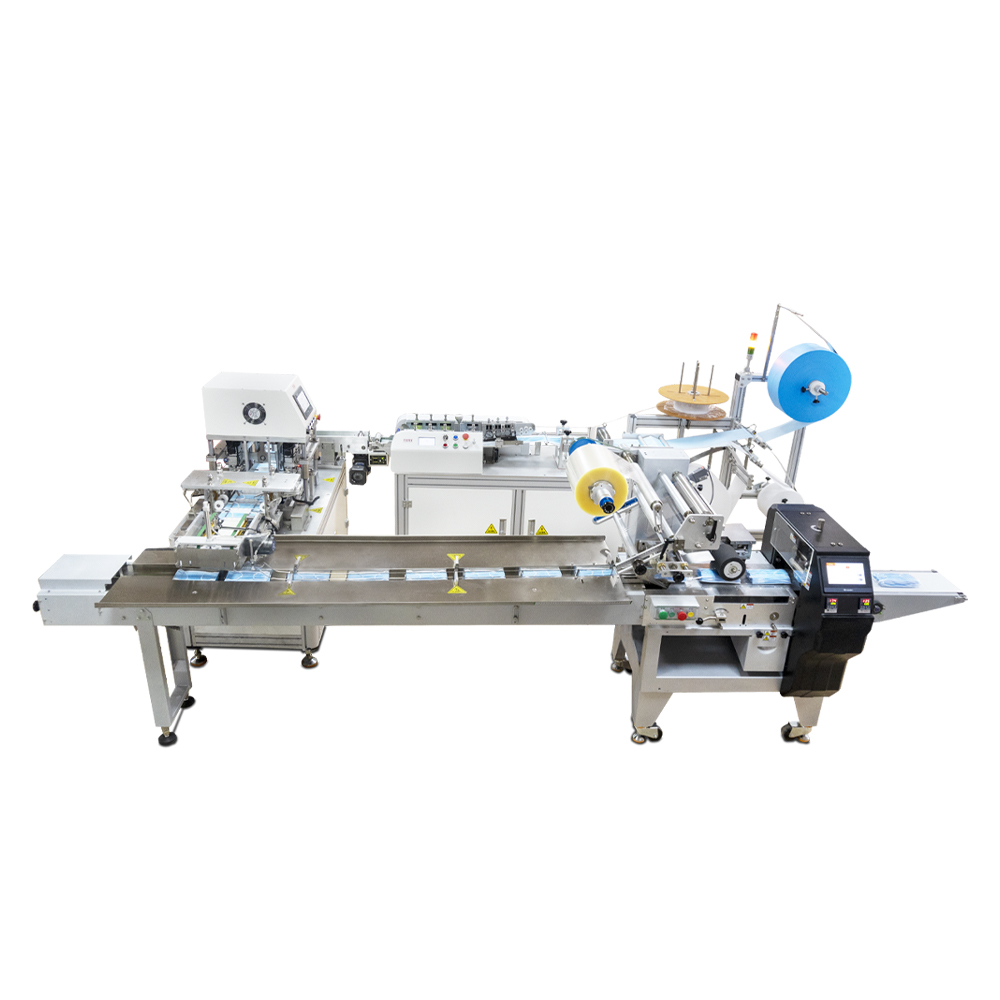
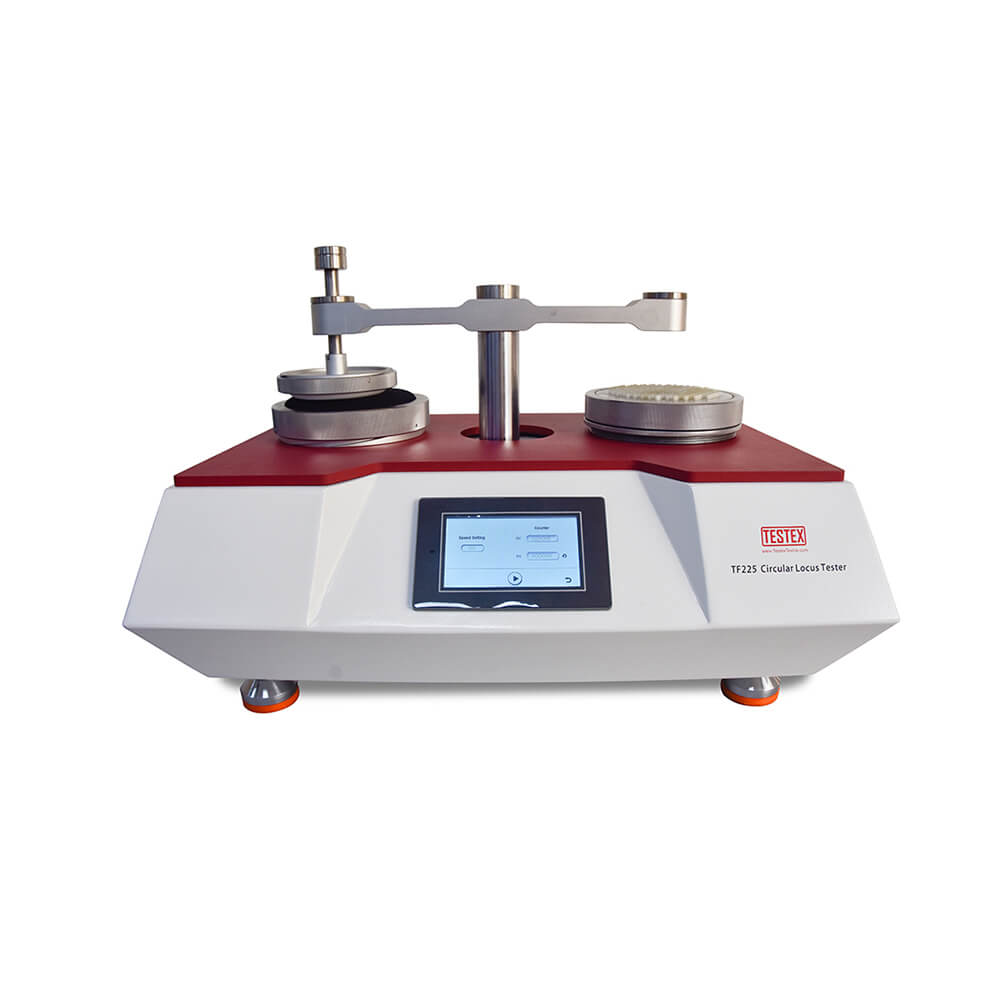
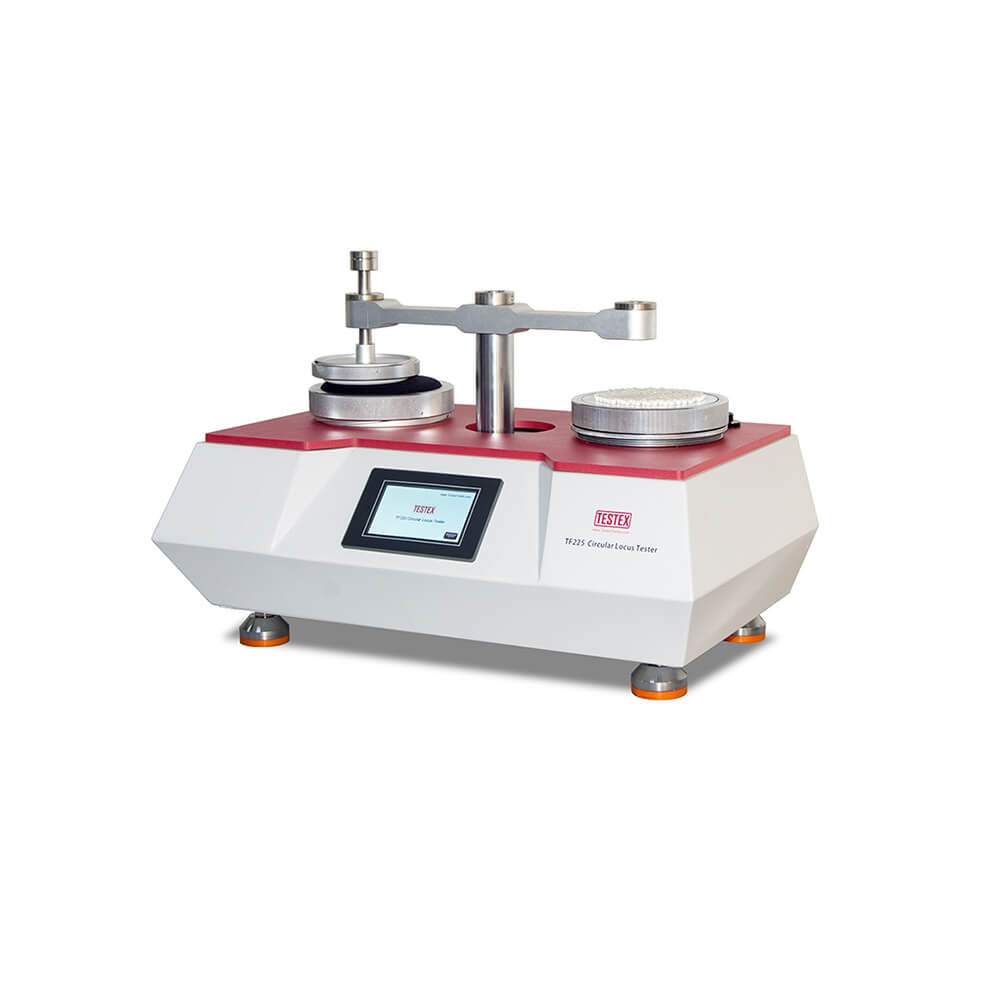
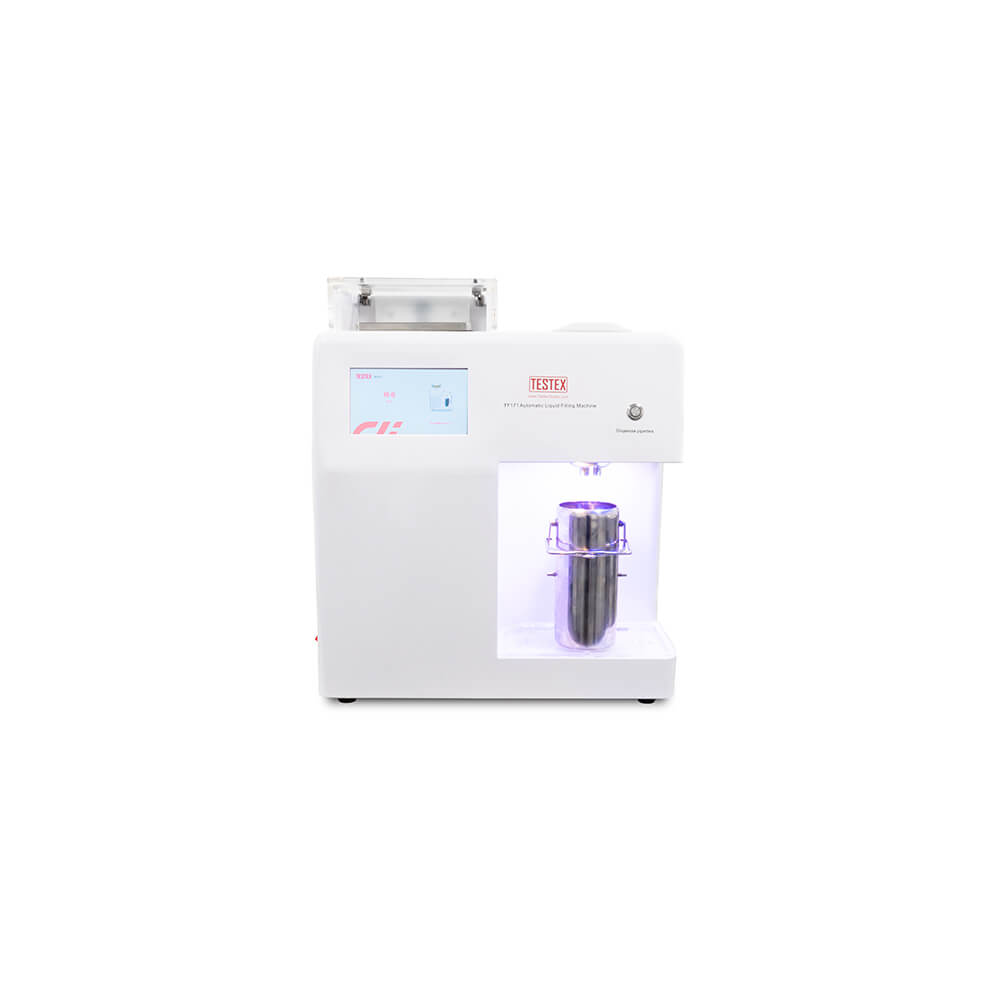
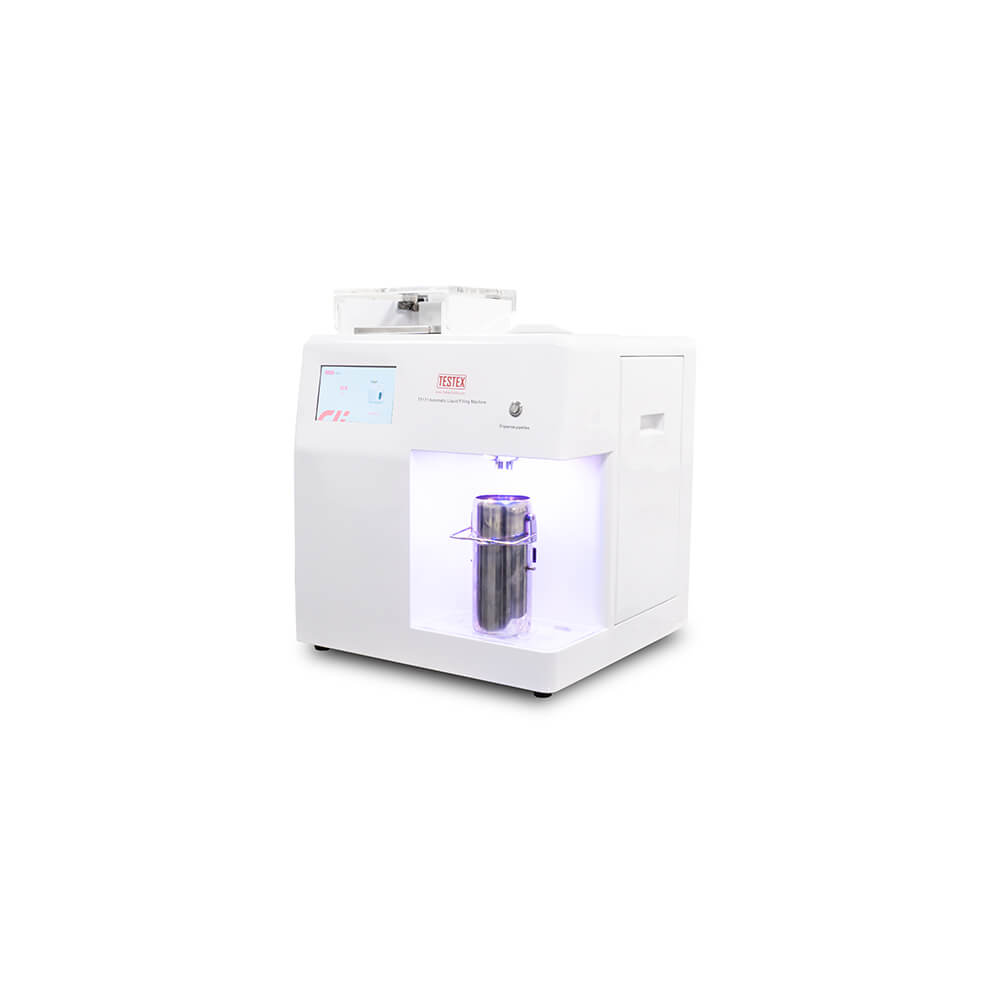
Salome Oliver –
So far, so good.
Maria Wesley –
Very easy to use and highly accurate. I def recommend!
testextextile –
Works great, really easy to set up and understand how to use.
Suzanne Anne –
Recommend this bean bag snag tester manufacturer!!
Pete Woolley –
Quick response, quick shipment. It is very perfect. Thank you very much
testextextile –
Thank you for your support. Look forward to your next visit.
Bevis Lowell –
Great Quality; The best, I would say; Delivered quickly. Thanks! Highly recommended!